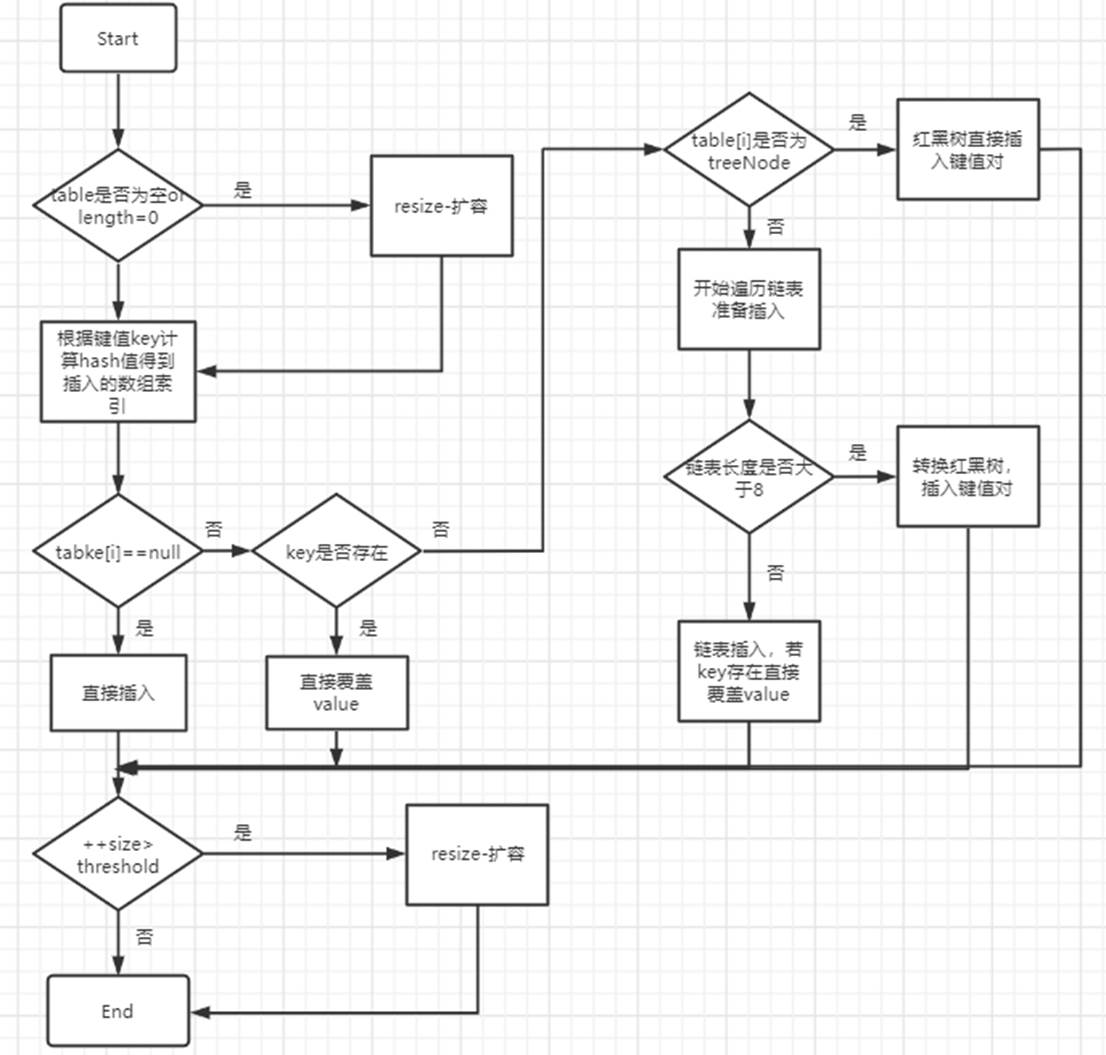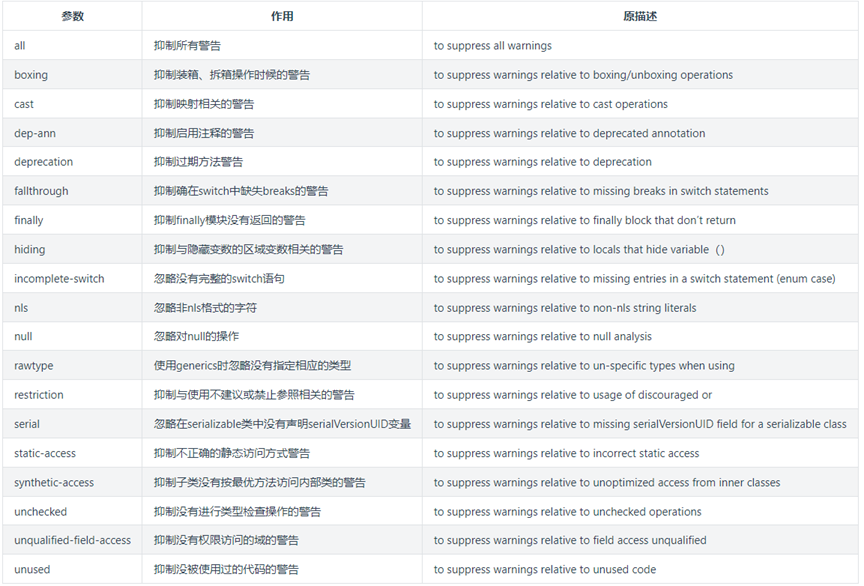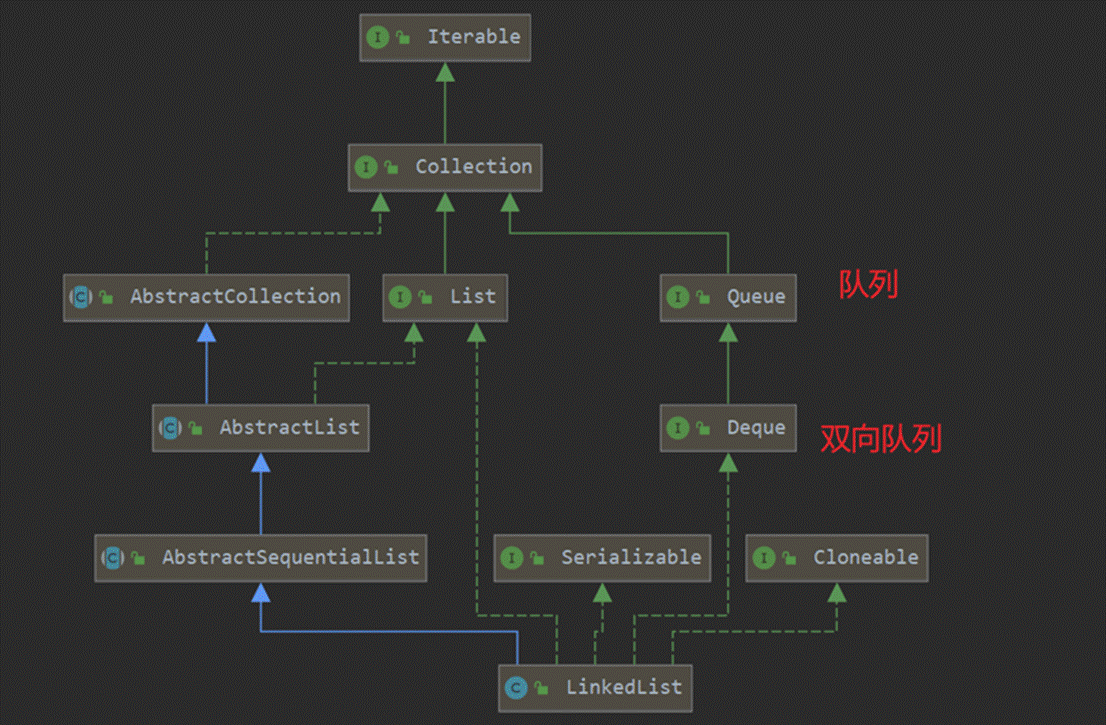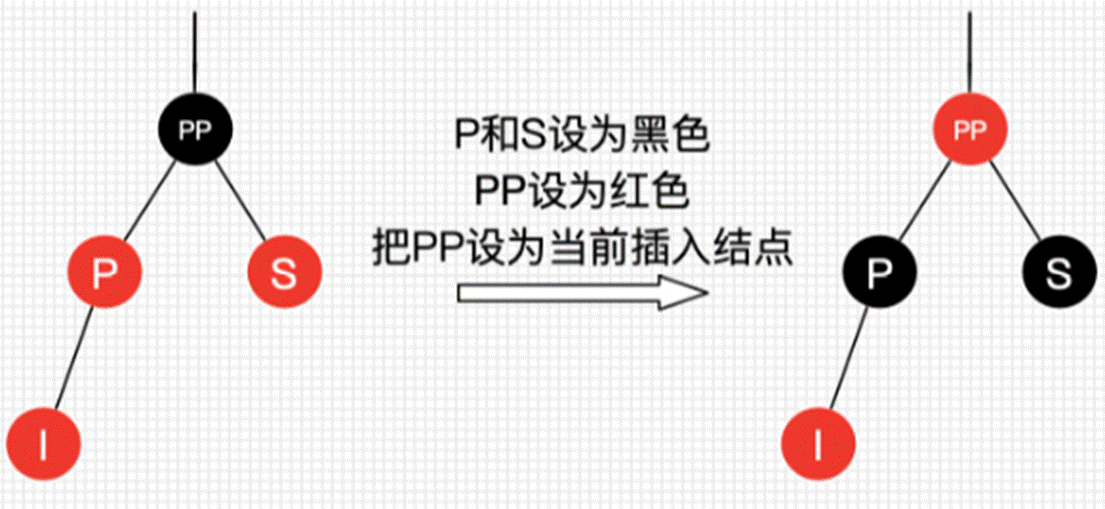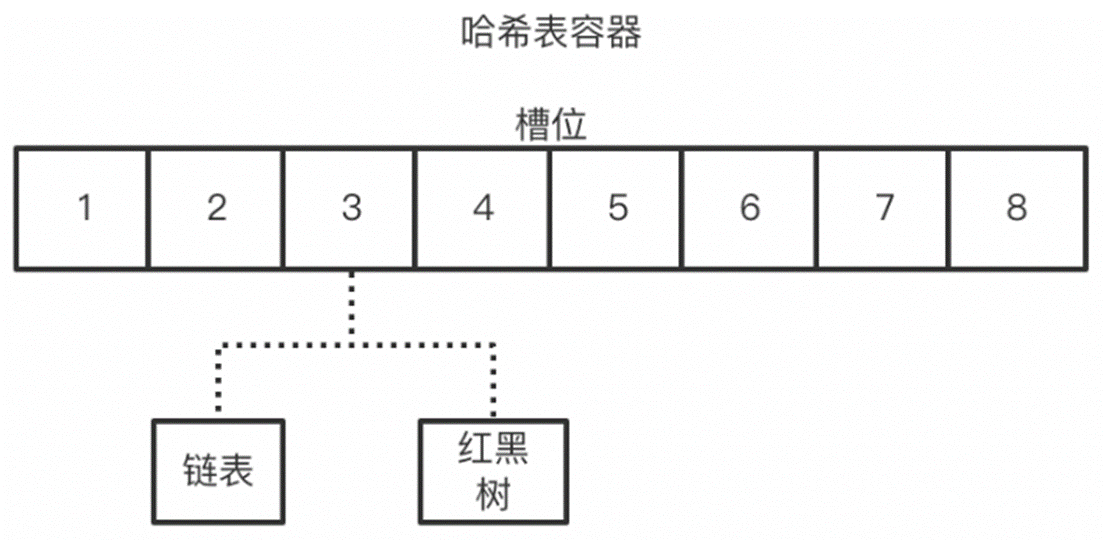这篇文章主要介绍了如何在Spring中自定义scope的方法示例,小编觉得挺不错的,现在分享给大家,也给大家做个参考。一起跟随小编过来看看吧
大家对于 Spring 的 scope 应该都不会默认。所谓 scope,字面理解就是“作用域”、“范围”,如果一个 bean 的 scope 配置为 singleton,则从容器中获取 bean 返回的对象都是相同的;如果 scope 配置为prototype,则每次返回的对象都不同。
一般情况下,Spring 提供的 scope 都能满足日常应用的场景。但如果你的需求极其特殊,则本文所介绍自定义 scope 合适你。
Spring 内置的 scope
默认时,所有 Spring bean 都是的单例的,意思是在整个 Spring 应用中,bean的实例只有一个。可以在 bean 中添加 scope 属性来修改这个默认值。scope 属性可用的值如下:
范围
描述
singleton
prototype
允许 bean 可以被多次实例化(使用一次就创建一个实例)
request
定义 bean 的 scope 是 HTTP 请求。每个 HTTP 请求都有自己的实例。只有在使用有 Web 能力的 Spring 上下文时才有效
session
定义 bean 的 scope 是 HTTP 会话。只有在使用有 Web 能力的 Spring ApplicationContext 才有效
application
定义了每个 ServletContext 一个实例
websocket
定义了每个 WebSocket 一个实例。只有在使用有 Web 能力的 Spring ApplicationContext 才有效
如果上述 scope 仍然不能满足你的需求,Spring 还预留了接口,允许你自定义 scope。
Scope 接口
org.springframework.beans.factory.config.Scope接口用于定义scope的行为:
package org.springframework.beans.factory.config; import org.springframework.beans.factory.ObjectFactory; import org.springframework.lang.Nullable; public interface Scope { Object get(String name, ObjectFactory> objectFactory); @Nullable Object remove(String name); void registerDestructionCallback(String name, Runnable callback); @Nullable Object resolveContextualObject(String key); @Nullable String getConversationId(); }
一般来说,只需要重新 get 和 remove 方法即可。
现在进入实战环节。我们要自定义一个Spring没有的scope,该scope将bean的作用范围限制在了线程内。即,相同线程内的bean是同个对象,跨线程则是不同的对象。
1. 定义scope
要自定义一个Spring的scope,只需实现 org.springframework.beans.factory.config.Scope接口。代码如下:
package com.waylau.spring.scope; import java.util.HashMap; import java.util.Map; import org.springframework.beans.factory.ObjectFactory; import org.springframework.beans.factory.config.Scope; /** * Thread Scope. * * @since 1.0.0 2019年2月13日 * @author Way Lau */ public class ThreadScope implements Scope { private final ThreadLocal> threadLoacal = new ThreadLocal>() { @Override protected Map initialValue() { return new HashMap(); } }; public Object get(String name, ObjectFactory> objectFactory) { Map scope = threadLoacal.get(); Object obj = scope.get(name); // 不存在则放入ThreadLocal if (obj == null) { obj = objectFactory.getobject(); scope.put(name, obj); System.out.println("Not exists " + name + "; hashCode: " + obj.hashCode()); } else { System.out.println("Exists " + name + "; hashCode: " + obj.hashCode()); } return obj; } public Object remove(String name) { Map scope = threadLoacal.get(); return scope.remove(name); } public String getConversationId() { return null; } public void registerDestructionCallback(String arg0, Runnable arg1) { } public Object resolveContextualObject(String arg0) { return null; } }
在上述代码中,threadLoacal用于做线程之间的数据隔离。换言之,threadLoacal实现了相同的线程相同名字的bean是同一个对象;不同的线程的相同名字的bean是不同的对象。
同时,我们将对象的hashCode打印了出来。如果他们是相同的对象,则hashCode是相同的。
定义一个AppConfig配置类,将自定义的scope注册到容器中去。代码如下:
package com.waylau.spring.scope; import java.util.HashMap; import java.util.Map; import org.springframework.beans.factory.config.CustomScopeConfigurer; import org.springframework.context.annotation.Bean; import org.springframework.context.annotation.ComponentScan; import org.springframework.context.annotation.Configuration; /** * App Config. * * @since 1.0.0 2019年2月13日 * @author */ @Configuration @ComponentScan public class AppConfig { @Bean public static CustomScopeConfigurer customScopeConfigurer() { CustomScopeConfigurer customScopeConfigurer = new CustomScopeConfigurer(); Map map = new HashMap(); map.put("threadScope", new ThreadScope()); // 配置scope customScopeConfigurer.setScopes(map); return customScopeConfigurer; } }
“threadScope”就是自定义ThreadScope的名称。
3. 使用scope
接下来就根据一般的scope的用法,来使用自定义的scope了。代码如下:
package com.waylau.spring.scope.service; import org.springframework.context.annotation.Scope; import org.springframework.stereotype.Service; /** * Message Service Impl. * * @since 1.0.0 2019年2月13日 * @author Way Lau */ @Scope("threadScope") @Service public class MessageServiceImpl implements MessageService { public String getMessage() { return "Hello World!"; } }
其中@Scope("threadScope")中的“threadScope”就是自定义ThreadScope的名称。
4. 定义应用入口
定义Spring应用入口:
package com.waylau.spring.scope; import org.springframework.context.ApplicationContext; import org.springframework.context.annotation.AnnotationConfigApplicationContext; import com.waylau.spring.scope.service.MessageService; /** * Application Main. * * @since 1.0.0 2019年2月13日 * @author Way Lau */ public class Application { public static void main(String[] args) { @SuppressWarnings("resource") ApplicationContext context = new AnnotationConfigApplicationContext(AppConfig.class); MessageService messageService = context.getBean(MessageService.class); messageService.getMessage(); MessageService messageService2 = context.getBean(MessageService.class); messageService2.getMessage(); } }
运行应用观察控制台输出如下:
Not exists messageServiceImpl; hashCode: 2146338580
Exists messageServiceImpl; hashCode: 2146338580
输出的结果也就验证了ThreadScope“相同的线程相同名字的bean是同一个对象”。
如果想继续验证ThreadScope“不同的线程的相同名字的bean是不同的对象”,则只需要将Application改造为多线程即可。
package com.waylau.spring.scope; import java.util.concurrent.CompletableFuture; import java.util.concurrent.ExecutionException; import org.springframework.context.ApplicationContext; import org.springframework.context.annotation.AnnotationConfigApplicationContext; import com.waylau.spring.scope.service.MessageService; /** * Application Main. * * @since 1.0.0 2019年2月13日 * @author Way Lau */ public class Application { public static void main(String[] args) throws InterruptedException, ExecutionException { @SuppressWarnings("resource") ApplicationContext context = new AnnotationConfigApplicationContext(AppConfig.class); CompletableFuture task1 = CompletableFuture.supplyAsync(()->{ //模拟执行耗时任务 MessageService messageService = context.getBean(MessageService.class); messageService.getMessage(); MessageService messageService2 = context.getBean(MessageService.class); messageService2.getMessage(); //返回结果 return "result"; }); CompletableFuture task2 = CompletableFuture.supplyAsync(()->{ //模拟执行耗时任务 MessageService messageService = context.getBean(MessageService.class); messageService.getMessage(); MessageService messageService2 = context.getBean(MessageService.class); messageService2.getMessage(); //返回结果 return "result"; }); task1.get(); task2.get(); } }
观察输出结果;
Not exists messageServiceImpl; hashCode: 1057328090
Not exists messageServiceImpl; hashCode: 784932540
Exists messageServiceImpl; hashCode: 1057328090
Exists messageServiceImpl; hashCode: 784932540
上述结果验证ThreadScope“相同的线程相同名字的bean是同一个对象;不同的线程的相同名字的bean是不同的对象”
源码
见https://github.com/waylau/spring-5-book 的 s5-ch02-custom-scope-annotation项目。

